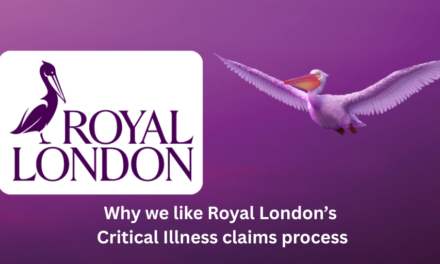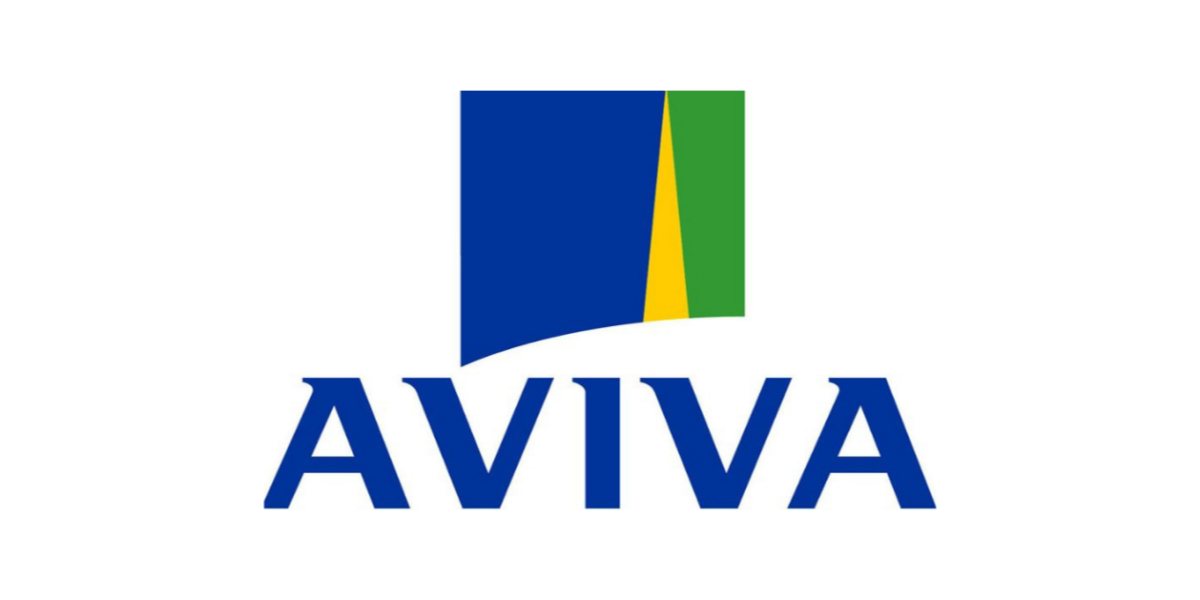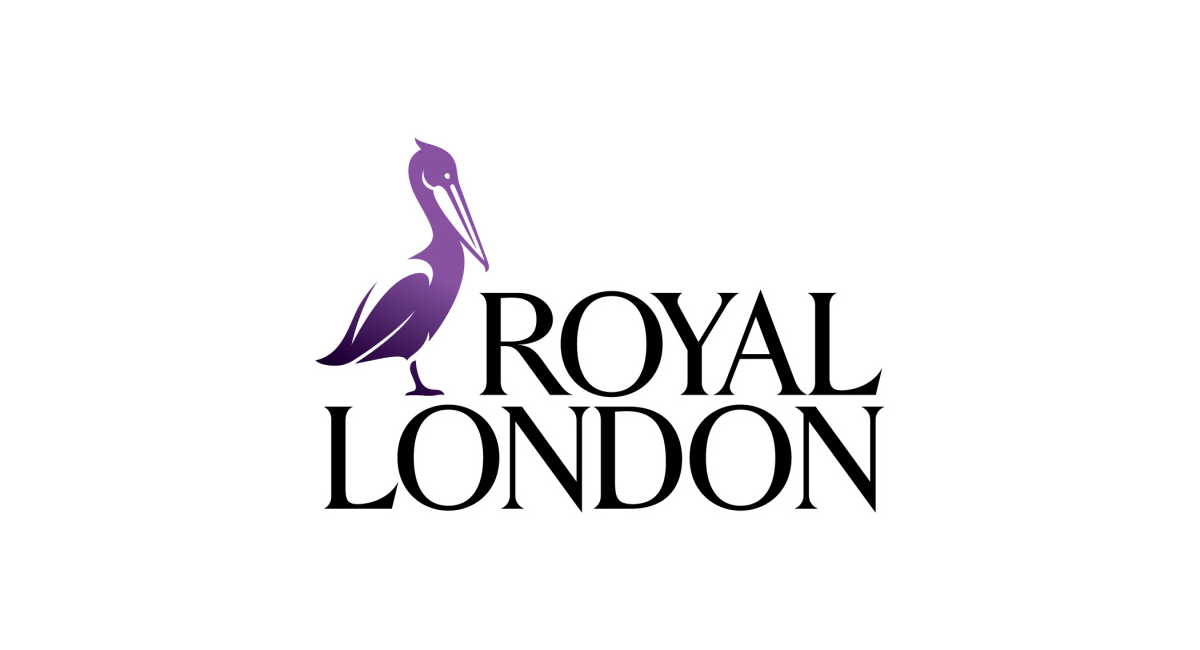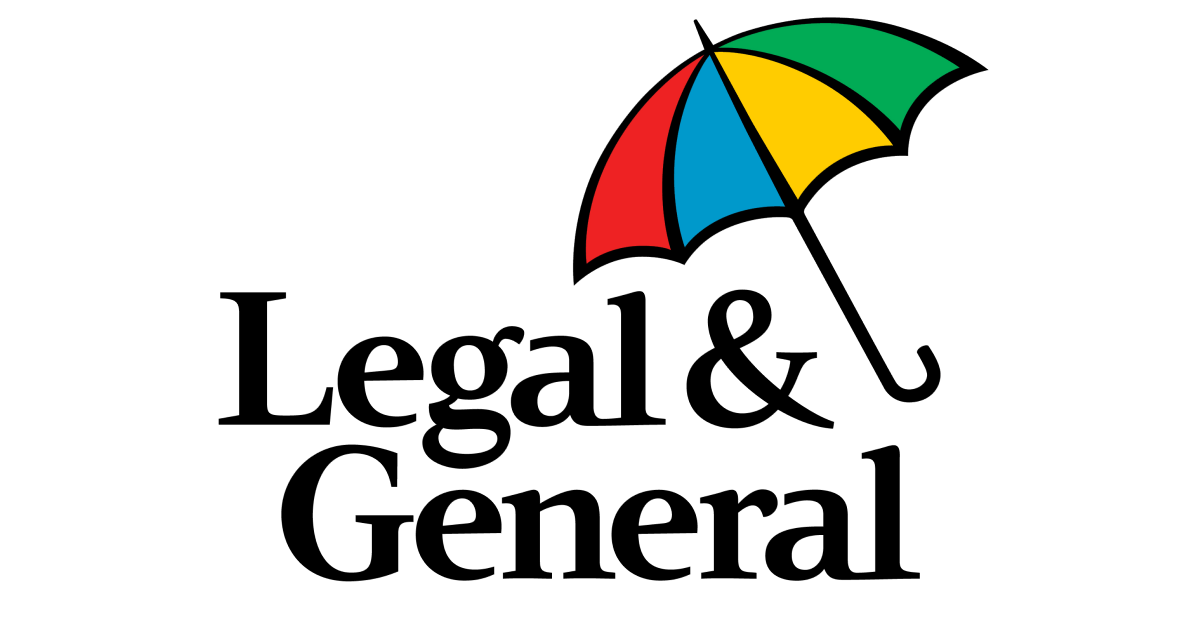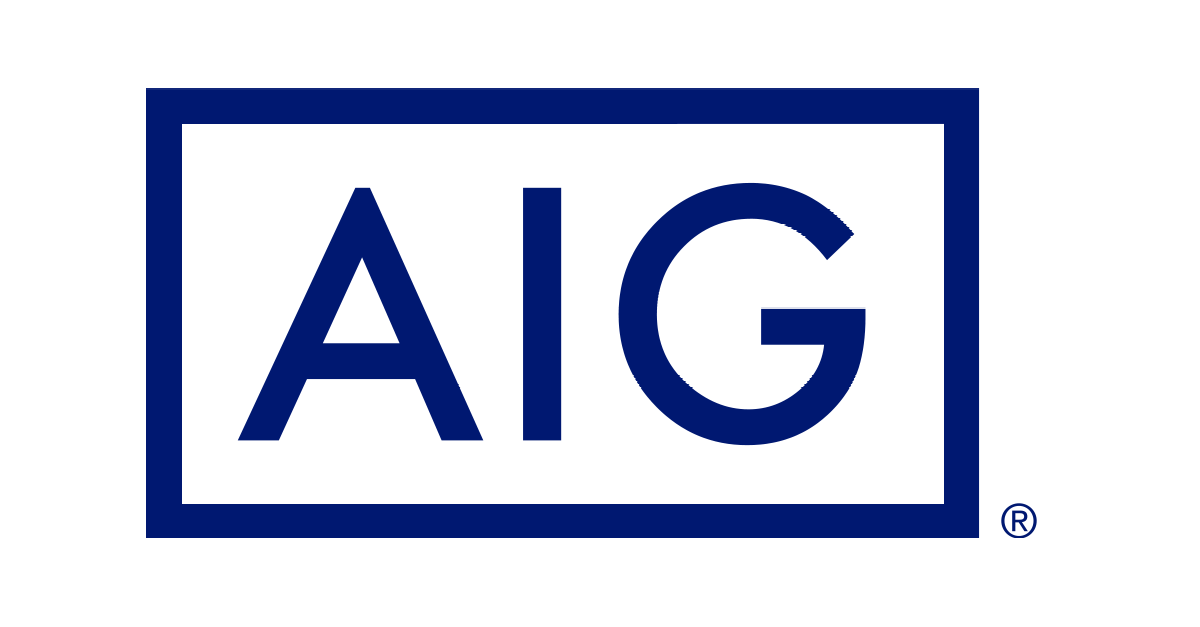
Recent changes to insurer underwriting restrictions and limits – 7 things you should read

As the pandemic restrictions begun to be eased over the last few months as the vaccine roll-out has been ramped up, we’ve seen insurers gradually update and remove some of the stricter underwriting terms, first imposed last year when the pandemic struck. In many cases this has involved re-introducing some of the highest possible ratings, to enable terms to be offered to clients with chronic and more serious medical conditions. Alongside those changes several insurers have also reviewed and updated their general non-medical underwriting limits, to increase the levels at which medical evidence is automatically requested. In this ‘6 things you should read’ we’ve pulled together some of our recent insights on the easing of covid underwrtiting restrictions and non-medical limits.
Aviva remove underwriting restrictions as pandemic eases
Back in May Aviva announced that they will be easing their underwriting stance in two areas, due to “progress now being made with the vaccination programme and declining COVID-19 infections in the UK”. The changes mainly affected those with chonic medical conditions, who will now hopefully find it slightly easier to obtain terms.
Royal london remove underwriting restrictions as pandemic eases
Royal London announced at the end of May that they will be removing the bulk of their underwriting restrictions, imposed last year in response to Covid-19, “due to the improving picture in the UK and the progress of the vaccination programme”. The changes apply across their core life, critical illness and income protection products and mostly affect those with chronic conditions or serious medical disclosures, who should now find it easier to obtain cover.
Legal & general remove majority of covid underwriting restrictions
Legal & General announced in June that they are removing the majority of their temporary underwriting restrictions, imposed as a result of Covid-19, the latest insurer to announce such a move. The most significant change for advisers will have been the removal of all maximum rating restrictions, which previously had meant that clients with more serious medical disclosures may have been postponed cover where the underwriting decision resulted in a rating.
Scottish widows take a refreshing new approach to loosening underwriting restrictions
Scottish Widows became the latest insurer to loosen restrictions on underwriting in June, but became the first insurer to announce a dual approach depending on whether the client has been fully vaccinated. Their new process will affect only those in the ‘high risk’ or ‘clinically vulnerable’ groups.
What are the details of AIG’s easing of covid underwriting restrictions?
AIG announced at the end of June that they’d removed the majority of their underwriting restrictions imposed like many insurers in response to the pandemic last year. We looked in more detail at what these changes meant, what types of clients they might affect and what final restrictions remain in place.
LV= increase life insurance non-medical underwriting limits
In a welcome move that should help improve access to cover and make the application process a little easier, LV= announced at the beginning of July an increase to the non-medical underwriting limits on their Life Insurance products. The new limits will apply to their Flexible Protection Plan, Relevant Life Cover, Gift Inter Vivos and Family Income Benefit life products.
How do the exeter’s new income first non-medical underwriting limits compare?
We covered in detail recently the launch of The Exeter’s new Income First product, which replaced their previous Pure Protection Plus and Income One Plus plans and offers a number of new and unique features. As well as the product changes, The Exeter have also updated and improved their non-medical underwriting limits, which we took a closer look at in this insight and compared to the rest of the market.

